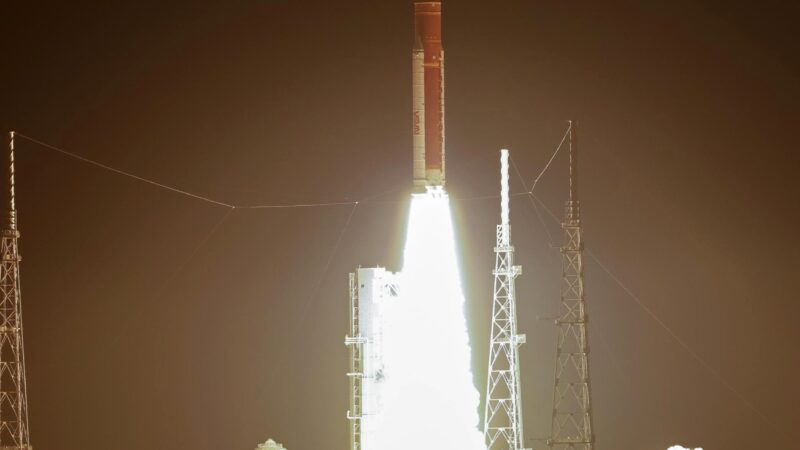A new discovery! The James Webb Space Telescope has discovered an unknown lensed galaxy for the first time

Overview
Researchers identified a previously unknown lensed galaxy for the first time in new near-infrared data from the NASA/ESA/CSA James Webb Space Telescope.[1]

Researchers identified a previously unknown lensed galaxy for the first time in new near-infrared data from the NASA/ESA/CSA James Webb Space Telescope. Examine the white elliptical galaxy at left. A faint red arc appears in the inset at 10 o’clock. This is a very distant galaxy whose appearance is warped in Webb’s image. Its light is bent by the gravity of the elliptical foreground galaxy. Plus, its appearance is duplicated. The stretched red arc reappears – as a dot – at 4 o’clock. These images of the lensed galaxy are so faint and so red that they went unrecognized in Hubble data, but are unmistakable in Webb’s near-infrared image. Simulations of gravitationally lensed galaxies like this help researchers reconstruct how much mass is in individual stars, along with how much dark matter is in the core of this galaxy. This image includes ultraviolet and visible data from the NASA/ESA Hubble Space Telescope. Note: This image highlights Webb’s science in progress, which has not yet been through the peer-review process.
Examine the white elliptical galaxy on the left. A faint red arc appears in the inset at 10 o’clock. This is a very distant galaxy whose appearance is warped in Webb’s image. Its light is bent by the gravity of the elliptical foreground galaxy. Plus, its appearance is duplicated. The stretched red arc reappears – as a dot – at 4 o’clock.
James Webb Space Telescope
The James Webb Space Telescope[2] ( JWST ) is a space telescope which conducts infrared astronomy. As the largest optical telescope in space, its high resolution and sensitivity allow it to view objects too old, distant, or faint for the Hubble Space Telescope.
This will enable investigations across many fields of astronomy and cosmology, such as observation of the first stars, the formation of the first galaxies, and detailed atmospheric characterization of potentially habitable exoplanets.
Lenticular galaxy

Lenticular galaxy
A lenticular galaxy[3] ( denoted S0 ) is a type of galaxy intermediate between an elliptical ( denoted E ) and a spiral galaxy in galaxy morphological classification schemes. It contains a large-scale disc but does not have large-scale spiral arms. Lenticular galaxies are disc galaxies that have used up or lost most of their interstellar matter and therefore have very little ongoing star formation. They may, however, retain significant dust in their disks.
As a result, they consist mainly of aging stars (like elliptical galaxies). Despite the morphological differences, lenticular and elliptical galaxies share common properties like spectral features and scaling relations. Both can be considered early-type galaxies that are passively evolving, at least in the local part of the Universe. Connecting the E galaxies with the S0 galaxies are the ES galaxies with intermediate-scale discs.
Detail
These images of the lensed galaxy are so faint and so red that they went unrecognised in Hubble data, but are unmistakable in Webb’s near-infrared image. Simulations of gravitationally lensed galaxies like this help researchers reconstruct how much mass is in individual stars, along with how much dark matter is in the core of this galaxy.
References:
[1]ESA – Lensed galaxies in VV 191 (Webb and Hubble composite image)










